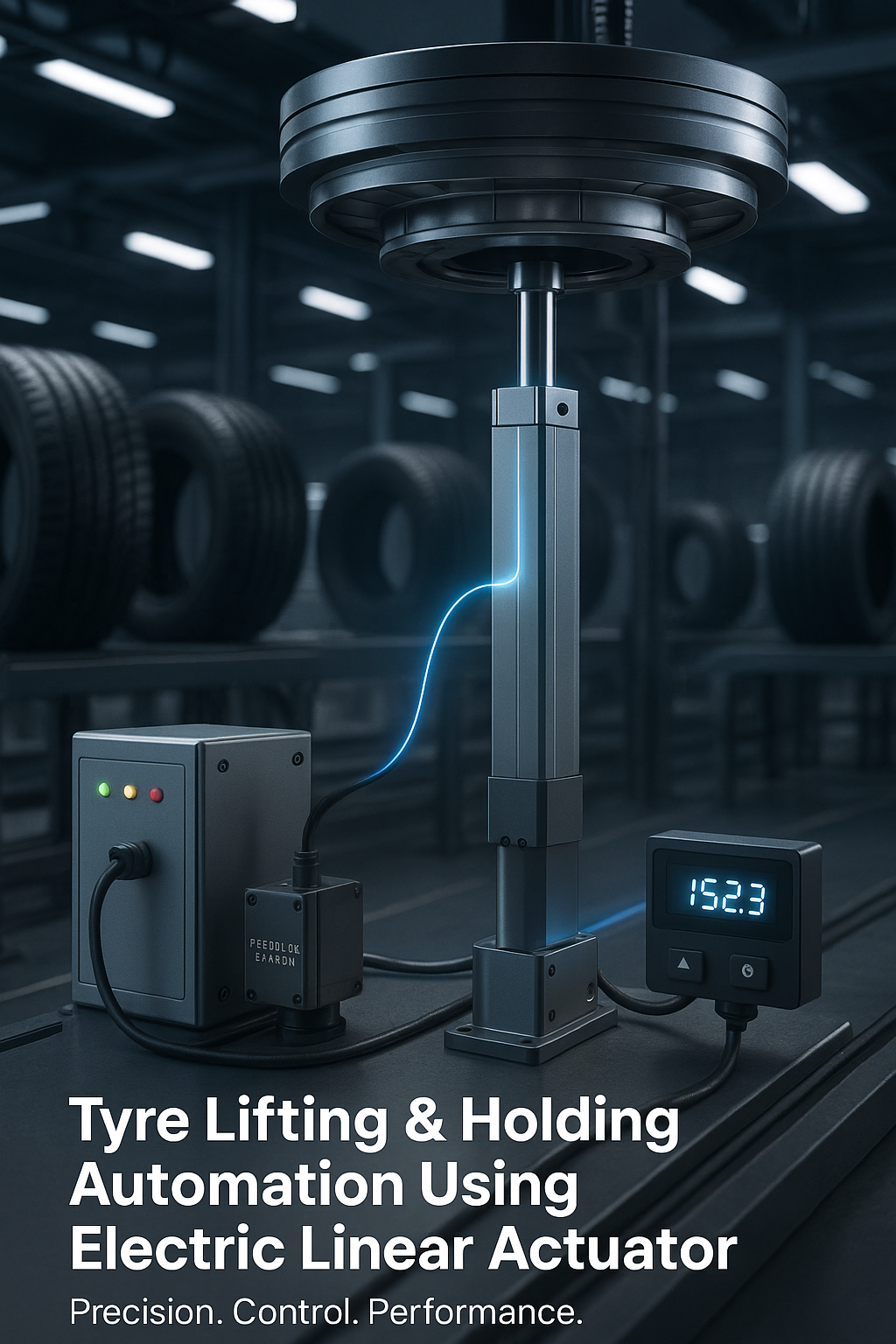What is an actuator?
Understanding What is an Actuator: Their Definition and Mechanism of Operation
In this blog post, we will dive deep into the functioning of fascinating actuators, their types, and their applications.
An actuator is a device that converts an input signal, typically electrical, into physical motion or force. Actuators receive signals from a control system, which then directs the actuator to perform a specific function.
The functioning of an actuator depends on the type of actuator. For instance, hydraulic actuators use pressurized fluids to create motion or force, while electric actuators rely on electric motors to generate motion or force.
Varieties of Actuators
There are various types of actuators, each with unique properties and functions. Some common types of actuators include:
Actuators are essential components in various systems, including automobiles, robotics, aviation, and many more. They are responsible for converting electrical or mechanical energy into motion or force, enabling machines to perform various tasks. Actuators come in various types, including hydraulic, pneumatic, electric, and piezoelectric actuators, among others.
Hydraulic Actuators
Hydraulic actuators use fluids, such as water or oil, to create motion or force. The fluids are pressurized, and the pressure is converted into motion or force by a piston or plunger. Hydraulic actuators are widely used in heavy-duty applications such as cranes, excavators, and hydraulic presses.
Pneumatic Actuators
Pneumatic actuators use compressed air to create motion or force. They are commonly used in industrial automation, robotics, and aerospace applications.
Electric Actuators
Electric actuators use electric motors to create motion or force. They are commonly used in applications such as automotive, aerospace, and medical devices.
Piezoelectric Actuators
Piezoelectric actuators use the piezoelectric effect to create motion or force. The piezoelectric effect is a property of certain materials that generates an electrical charge when pressure is applied. Piezoelectric actuators are commonly used in applications such as nano-positioning, scanning microscopy, and ultrasonic transducers.
Functions of Electric Actuators
Electric actuators are integral components in various systems, converting electrical energy into mechanical motion or force. Here are some of their key functions:
- Precision Control: Electric actuators provide accurate control of position, speed, and force. This precision is crucial in applications like robotics and automation, where exact movements are necessary.
- Rapid Response: These actuators can quickly respond to input signals from control systems, enabling fast adjustments and operations. This is essential in dynamic environments, such as industrial automation and aerospace systems.
- Automation of Mechanical Tasks: Electric actuators automate repetitive tasks, reducing the need for manual intervention. They are commonly used in assembly lines for tasks such as opening and closing valves or moving conveyor belts.
- Integration with Control Systems: Electric actuators can easily interface with various control systems, including PLCs (Programmable Logic Controllers) and SCADA (Supervisory Control and Data Acquisition) systems, allowing for seamless integration into automated processes.
- Energy Efficiency: Compared to hydraulic or pneumatic actuators, electric actuators often have a lower energy consumption profile, as they only draw power when moving, leading to reduced operational costs.
- Reduced Maintenance: Electric actuators typically have fewer moving parts than hydraulic systems, resulting in lower maintenance requirements and extended service life. This makes them ideal for applications where reliability is critical.
- Versatility: They can be designed for various applications, from small, precise movements in medical devices to large-scale operations in manufacturing and aerospace.
- Feedback Mechanisms: Many electric actuators are equipped with feedback sensors (like encoders) that provide real-time data on position and speed, enhancing the accuracy and efficiency of operations.
Diverse Applications of Actuators in Different Fields
Actuators have a wide range of applications in various industries. Some common applications of actuators include:
Industrial Automation
Actuators are widely used in industrial automation to control various processes such as assembly, packaging, and material handling.
Robotics
Actuators are essential components of robots, enabling them to move, grip, and manipulate objects.
Aerospace
Actuators are used in various aerospace applications, including landing gear, control surfaces, and engine controls.
Automotive
Actuators are used in various automotive applications, including engine controls, suspension systems, and power windows.
Wrapping Up: The Importance and Future of Actuator
Actuators are fascinating devices that play a crucial role in various systems, enabling machines to perform various tasks. They come in various types, including hydraulic, pneumatic, electric, and piezoelectric actuators, among others. Understanding the functioning of these actuators is essential in choosing the right actuator for a particular application. With their wide range of applications, it’s safe to say that actuators are here to stay, and we can expect to see more fascinating advancements in their technology in the future. For further information on actuators and their various types, please visit our website electricactuator exclusively dedicated to this subject matter.




